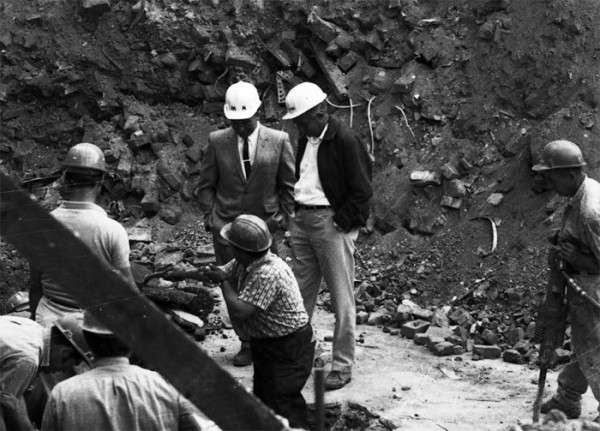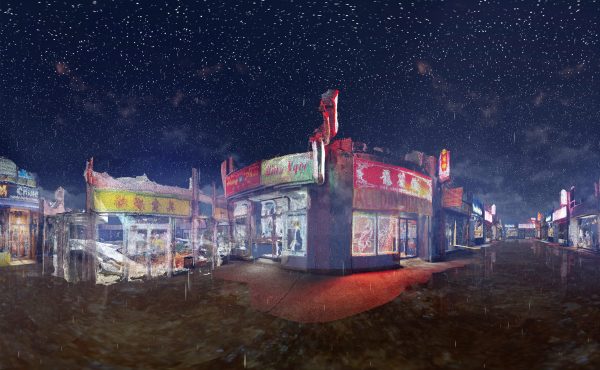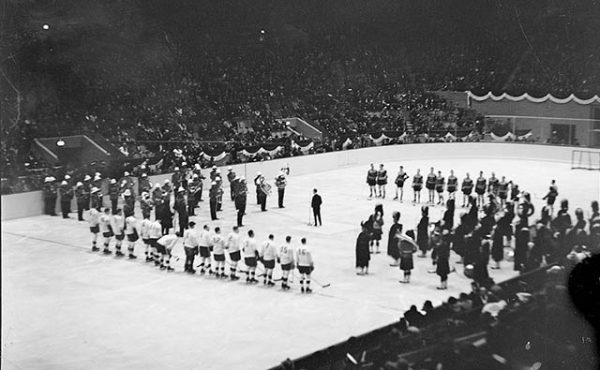When little Stella Vanzant died of causes unknown some time in the early 1800s, her bereaved father interred the girl’s young body in a six by four-foot grave in a quiet corner of the family property near King and Bay streets.
The future site of the Toronto financial district was still partially covered in groves of native trees. A few scattered wood cabins were placed at intervals along muddy tracks, and so John Vanzant might reasonably have assumed his daughter would rest in peace in perpetuity.
Unfortunately, things started to go wrong for the American-born business owner very quickly, and his actions that day sparked a mystery that remains unsolved to this day.
As the Toronto Star reported in 1968, records showed Vanzant was descended from early Dutch immigrants to New Utrecht (now Brooklyn, N.Y.). He claimed to have served in the Loyalist Queen’s Rangers military unit during the War of Independence, but in Upper Canada his allegiances were viewed with suspicion.
His first application for a land grant near the town of York was harshly rejected. “The behaviour of this man is such that he may never have lands in this province,” a government official wrote. Something changed, however, because in 1797 Vanzant received a plot of land a short distance west of Yonge St.
A few years later—it’s not known precisely when—young Stella Vanzant died and was buried somewhere near present day Melinda and Jordan streets. In 1812, her father, who was working as a wheel maker and leather tanner, was booted from Upper Canada when hostilities with the United States resumed.
Unable to return, John Vanzant hastily disposed of his business interests in York. Selling the land that contained Stella’s grave wasn’t as easy, however. Vanzant was emotionally attached the property and it remained in his name for another two years. Perhaps realizing his exile was permanent, the sale was eventually processed two years later.
Everything save for a “piece of ground, six feet in length, four feet in breadth” was transferred to Jordan Post, Sr., another early York settler. According to the deed, the small plot was “the place in which the child of the said John is interred.”
It’s not clear how John Vanzant was able to sign the deed in exile. Perhaps his siblings in the Markham area had a hand in trying to ensure little Stella’s resting place would remain undisturbed.
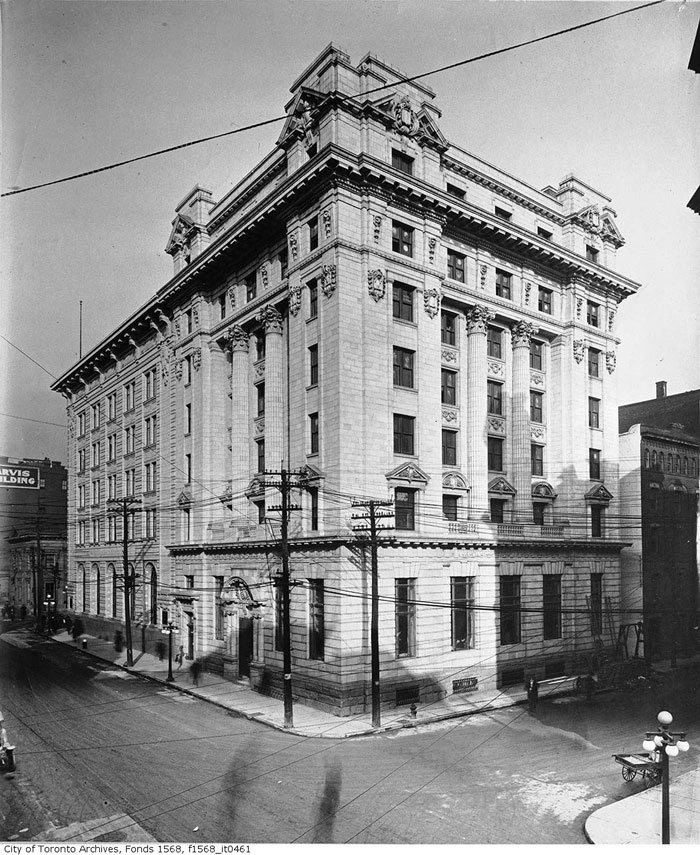
After 1814, as York (soon to become Toronto) grew westward and north from its nucleus on King, east of Jarvis, Stella Vanzant’s grave appeared to remain a going concern for subsequent landowners.
An Associated Press report from December, 1952, said a 12 by 14-foot plot between the Bank of Commerce tower and the Toronto General Trust Building on Bay still remained undeveloped, per John Vanzant’s wishes.
“There has been no apparent transfer of land in which it lies from the Vanzant family to other owners,” the story explained. “The grave is protected by an honourable agreement. In 1911, when the first part of the General Trust Building was erected, the company agreed to hold the plot containing the grave inviolate and, in 1928 when an addition was made, the agreement was observed.”
If the AP story was correct, it meant Stella’s grave was located on the north side of Melinda, west of Jordan. However, the location appears to have become confused over the next decade.
In the mid-1960s, roughy 150 years after Stella’s death, the Canadian Imperial Bank of Commerce chanced upon the original deed of sale signed by John Vanzant. The tattered and yellowed document presented a problem: the bank was planning to clear and excavate much of the land between King, Bay, and Jordan, including the General Trust Building, for a $100-million extension of Commerce Court.
The city’s tallest skyscraper was to rise on the west end of the newly assembled property and a large plaza with several underground levels was planned for the rest. Based on a reading of the deed, the bank concluded Stella’s grave was probably somewhere east of where the Associate Press reported, likely a the southwest corner of Jordan and Melinda, under the Osler Building.
A descendent of one of John Vanzant’s brothers living in Stouffville read about the discovery of the deed in the newspaper. If his great, great uncle had indeed interred his beloved daughter in downtown Toronto, 77-year-old Charles Vanzant wanted the remains respectfully moved to the Markham Township pioneer cemetery. The bank also considered encasing any burial site in a concrete tomb and placing a memorial in the plaza.
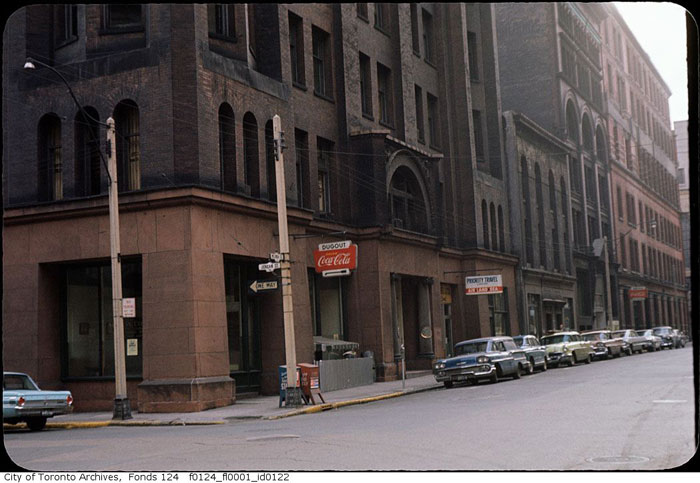
In early July, 1969, a team of archaeologists supervised by Alan Clark, the superintendent of Mt. Pleasant Cemetery, and a representative from the province, probed tentatively downward with hand shovels in the partially demolished basement of the Osler Building.
Rev. Walter Gelling of St. James Cathedral was also on hand. The bank wanted a member of the clergy present in case Stella turned up.
About three feet below the basement floor, the archaeologists’ tools struck a piece of wood roughly the size of a child’s coffin. As two workmen pried up the plank, everyone leaned forward at the top of the 12-foot hole to see what was inside.
Underneath was nothing but undisturbed soil. The wood was the base of a brick foundation. For another four hours the team poked around the area looking for any trace of Stella’s remains without success. Alan Clark from Mt. Pleasant Cemetery officially declared the ground undisturbed and the bank was granted permission to proceed with construction.
It seems no-one thought to look near the old General Trust Building.
Regardless, subsequent excavation and building at Commerce Court failed to turn up any trace of the mysterious Stella Vanzant.
Perhaps her grave had long ago been churned up by diggers, perhaps her relatives quietly claimed her without notifying the authorities.
Perhaps she’s still down there waiting to be discovered.

